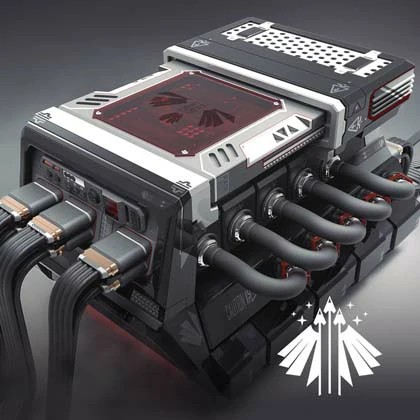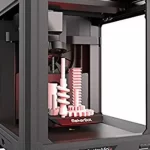Pump technology plays a crucial role in the efficient and effective treatment of sewage. The application of pumps in sewage treatment processes is multifaceted, encompassing various stages and operations essential for the proper management of wastewater. From the initial collection of raw sewage to its transportation, treatment, and eventual discharge or reuse, pumps are indispensable in ensuring the smooth operation of sewage treatment plants. In this article, we will explore the application cases of pump technology in sewage treatment, highlighting the diverse roles pumps play in this critical aspect of environmental management.
**Collection of Raw Sewage**
The first stage in sewage treatment involves the collection of raw sewage from residential, commercial, and industrial sources. Pump technology is utilized to transport the sewage from individual properties to the initial collection points, such as pumping stations or sewer networks. Submersible pumps are commonly employed for this purpose, allowing for the efficient lifting and conveying of sewage over varying distances and elevations. These pumps are designed to handle solids and are equipped with robust impellers to prevent clogging, making them ideal for the initial collection and transfer of raw sewage.

**Pumping Stations**
Pumping stations are pivotal components of sewage collection systems, serving to lift the sewage to higher elevations for further transportation or treatment. Within these facilities, an array of pumps is deployed to accommodate varying flow rates and control the movement of sewage through the network. Wastewater lift stations often employ centrifugal pumps, which are capable of handling large volumes of sewage while maintaining energy efficiency. Additionally, the use of advanced control systems with variable frequency drives allows for precise regulation of pump operations, optimizing energy consumption and reducing operational costs.

**Sewage Transportation**
Once collected, raw sewage must be conveyed to treatment facilities for processing. Pump technology facilitates the transportation of sewage through extensive networks of pipelines, ensuring the efficient movement of wastewater from diverse sources to centralized treatment plants. Progressing cavity pumps are frequently utilized for long-distance sewage transportation, providing steady and reliable flow characteristics essential for conveying sewage over extended periods.
**Primary Treatment Processes**
In sewage treatment plants, primary treatment involves the removal of large solids and debris from the incoming sewage. Pump technology is integral to this process, as primary sedimentation tanks utilize a series of pumps to facilitate the settling of suspended solids and the skimming of floating materials. Submersible pumps with agitators are often employed to recirculate the contents of sedimentation tanks, promoting the separation of solids and liquids and enhancing the overall effectiveness of the primary treatment stage.
**Aeration and Biological Treatment**

Aeration and biological treatment processes play a fundamental role in sewage treatment, where pumps are extensively utilized to provide oxygen and facilitate the growth of microorganisms responsible for the breakdown of organic matter. Aeration systems rely on specialized aerator pumps to supply oxygen to the wastewater, promoting aerobic conditions conducive to biological degradation. These pumps are designed to operate efficiently in harsh wastewater environments, delivering the essential oxygen levels required for effective treatment.
**Sludge Handling and Dewatering**
Following the treatment process, sewage treatment plants are tasked with managing the resulting sludge, which requires dewatering to reduce volume and facilitate disposal or further treatment. Centrifugal pumps are employed in sludge dewatering operations, facilitating the transfer of sludge from thickeners or clarifiers to dewatering equipment. These pumps are capable of handling high-solid content and abrasive materials, making them well-suited for the demanding nature of sludge handling within sewage treatment facilities.
**Effluent Discharge and Reuse**
Once treated, the effluent from sewage treatment plants may be discharged into receiving water bodies or subjected to additional treatment for reuse purposes. Pump technology plays a critical role in both scenarios, as effluent pumps are utilized to convey the treated wastewater to discharge points or further treatment facilities. Additionally, in instances where treated effluent is repurposed for activities such as irrigation or industrial processes, pumps are essential for the distribution and application of reclaimed water, contributing to sustainable water management practices.
**Conclusion**
In conclusion, the application of pump technology in sewage treatment encompasses a diverse range of processes and operations vital to the effective management of wastewater. From the initial collection of raw sewage to its transportation, treatment, and eventual disposition, pumps are indispensable in ensuring the efficient and sustainable operation of sewage treatment facilities. Through the utilization of various pump types and configurations, sewage treatment plants can effectively address the challenges associated with wastewater management, contributing to environmental protection and public health. As the demand for wastewater management solutions continues to grow, the role of pump technology in sewage treatment remains integral to the advancement of sustainable urban and industrial development.





